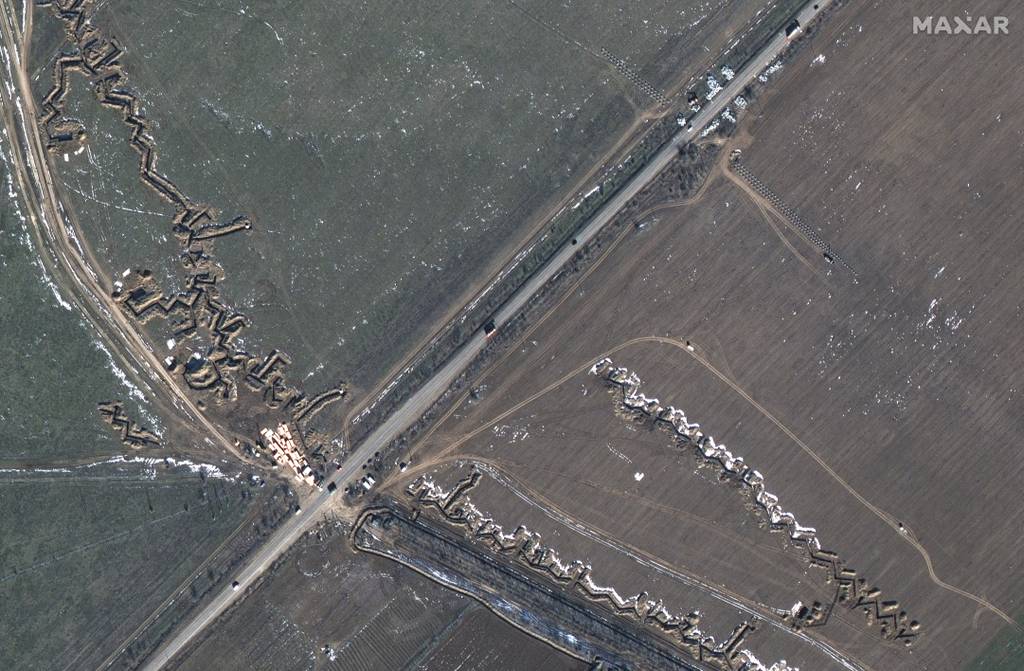Meeting the goal of achieving space domain awareness and protect-and-defend mission capabilities by 2026, as publicly called for by senior U.S. Space Force officials, requires rapid acceptance of products and services that are available today.
While the availability of low-cost ground-based systems remains an important component, space-based domain awareness systems are increasingly vital. Investment in low-cost, space-based systems using rapid acquisition processes will create architectural coherency and take advantage of technology advances to satisfy the call to action for protection of U.S., allied and commercial space assets.
Historically, the U.S. and other space-faring nations have primarily relied upon ground-based surveillance for these missions. Only limited space-based options existed, and their size and cost allowed for few systems. Today, however, surveillance from and within space has become increasingly affordable.
Two key technology developments have underpinned this, while a third could make every space-based platform a sensor for SDA. Affordable access to space is the first enabler for rapidly fielding space-based domain awareness. Better designed rockets, availability of reusable launch vehicles and greater promotion of “rideshares†have in combination produced a significant downward spiral of costs for space access.
Space-X’s redesign of its rockets in the early 2000s to reduce their cost, followed by the splashy launch of Falcon 9 in 2010, shifted the paradigm towards lower overall launch cost by using fewer parts and additive manufacturing. Reusability further helps cut the total fleet investment required to access space.
In total, the cost of space launches has been reduced by nearly two-thirds compared with price levels prior to SpaceX’s market entry.
And thanks to the growth of the small launcher market, coupled with broader pursuit of rideshare opportunities by various companies, the cost of putting a satellite into Low Earth Orbit, or LEO, has decreased from hundreds of millions of dollars to hundreds of thousands of dollars. This low-cost access to space fundamentally changes the financial equation for space-based domain awareness and allows for the rapid deployment of systems.
Increased performance of smaller systems on-orbit is the second key development enabling space-based SDA. It is hard to decipher between chicken and egg in this case, but stronger interest in smaller space systems has increased the market for advanced space electronics, as well as higher performance and improved reliability of commercial off-the-shelf components.
This has enabled a stronger space industrial base and more commercial buying practices from the Department of Defense and Intelligence Community. This virtuous cycle of small satellite interest, technology advancement and agile business models has spurred a host of market participants, propelling overall performance of smaller systems as well as accelerating market delivery and customer adoption.
The increased performance of smaller radio frequency and electro-optical sensor packages and the corresponding smaller satellite buses, for example, have increased the missions and markets this class of satellite can serve. With commercial companies developing sensors and offering services such as on-orbit inspection capabilities that were only previously available to the Pentagon and the intelligence community, the value provided by space-based domain awareness systems has blossomed for LEO, geosynchronous orbit, or GEO, and cislunar space.
These companies are willing to invest their own money and are adept at leveraging new acquisition practices including Other Transaction Agreements. Similarly, the options now available to the military and intelligence communities via smaller systems extend well beyond previous customer expectations.
The concept of performing core missions such as communications and missile detection with small satellites was purely aspirational in 2006, as a part of the vision created by the Operationally Responsive Space organization. Today it is being realized through the leadership of the Space Development Agency’s Transport and Tracking layers.
The acceptance and use of hosted payloads presents the third key development for rapidly fielding space-based domain awareness capability. Here, for the purposes of SDA, it is critical to differentiate between the rapid price reductions in satellite buses and that for on-orbit payloads. Customers do not have to buy their own bus for space-based domain awareness, but they must buy affordable payloads.
With the strength and contribution of hosted payload offerings, customers have affordable options. Several innovative companies doing business in the ‘new space’ economy have cut the price of payloads to well below $10 million. A customer can use such a hosted secondary payload for system protection for a few percent of the entire cost of a primary system, and the cost is even less for larger programs.
Availability of these high-performing, hosted payloads enable new commercial business cases, empower new concepts of operations and could make every new satellite launched on-orbit a domain awareness data collector well before 2026.
In the future, we should expect the trends of affordability, access to space, agile business models and new concepts of operations to continue. We have an immediate opportunity to transform the nation’s space domain awareness capability, accelerating the timeline called for by U.S. Space Force leaders.
Given the progress of the small satellite market, proliferating a powerful space-based domain awareness architecture across LEO and GEO can be done quickly and affordably with the right leadership and initiative. Harnessing the advancements in performance and affordability in smaller systems is the best way to capture that opportunity before 2026.
Joshua Hartman is Chief Strategy and Growth Officer at LightRidge Solutions, and President of its operating unit, GEOST.








